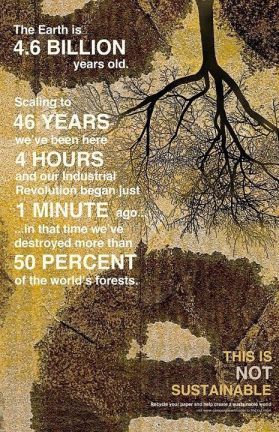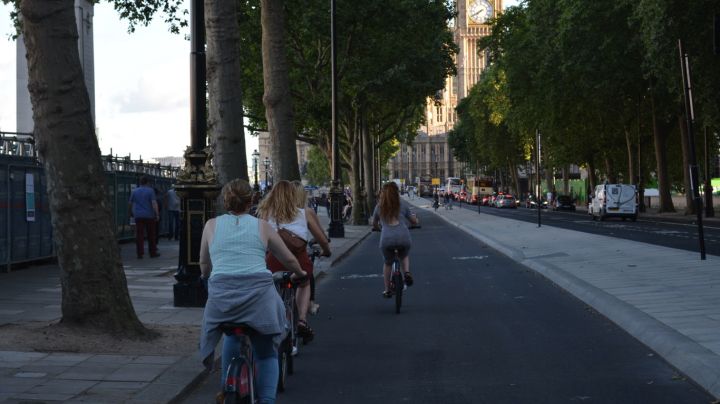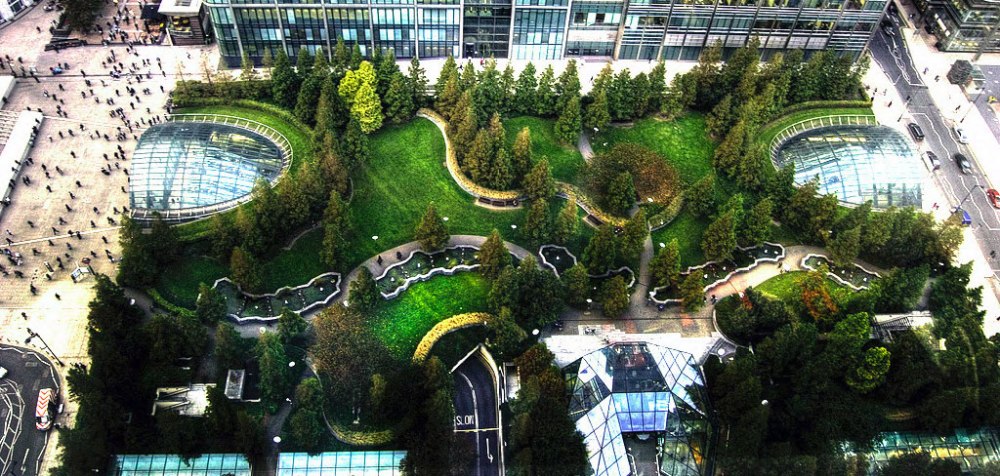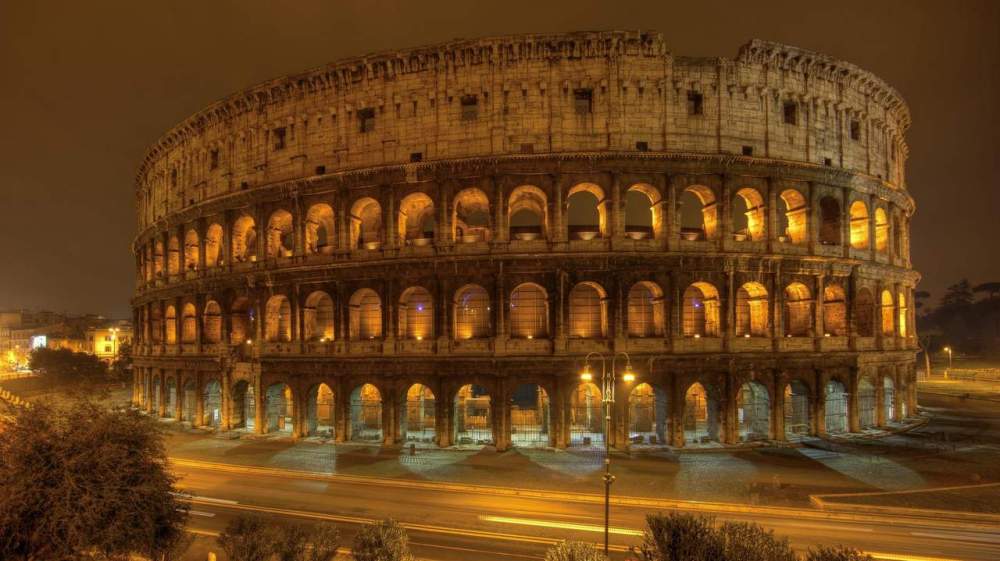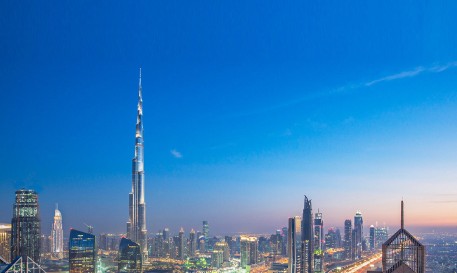I have been away for a while focussing on my exams- however here is a bumper bit of reading if you are interested!!
Ever since the first human species inhabited Earth, economic theory has been able to explain how and why humans act in the way they do. Maslow outlined the importance of the ‘hierarchy of needs’ which stated that after achieving the fundamental needs of physiology, almost inevitably, humans will look for personal and financial security, most commonly through employment. . The ‘destiny’ which humans could be seen to be controlled by is defined as ‘events that will necessarily happen to a particular person or thing in the future:’. . Fundamentally, there are arguments to corroborate the question, which revolve around the psychological build up, as Maslow saw, to seek economic opportunity, most common in the cities. However the crucial rebuttal is to understand the ‘cities’ reliance of the rural environment, and their underlying synergy that allows cities to operate efficiently. Historically, cities have proven that they offer more economic opportunity than rural areas. This increased economic opportunity, which aligns with Maslow’s Theory, has been exemplified throughout mankind’s existence. Circa 10000BC, Jericho, in Palestine, had been founded by the Natufian hunter gatherers, as the soils had shown signs of fertility, and therefore they decided to settle there. There were economic opportunities, which were exploited by the Natufian settlers. The Natufian’s did not pre-empt the growth of a major city, that lasts today, however they did align with Maslow’s Theory, which is that people move to areas in which they believe there are economic opportunities, to satiate their personal needs. More recently in history, the development of Ancient Rome has been argued to have been fuelled by human’s economic interests. The city grew from a small settlement due to the cross roads and River Tiber, merchants of the Mediterranean began to trade, as the footfall was greater than in other areas. Pertinently, there is evidence that humans have perennially demonstrated their economic interests by settling in areas in which there are economic opportunity, in Jericho’s case, fertile soils, and Rome’s locational benefits. Thus, it could be argued that it is human nature to follow economic opportunity. This has been described contemporarily by corporate giant KPMG, as a ‘magnet’ effect. The rationale is that cities with ‘strong’ magnetism draw in new citizens, which leads to an increase in investment, interconnectivity and ideas. The multiplier effect creates jobs, attracting more citizens, assuming they align with Maslow’s Theory. Another economic theorist, Frederick Taylor, developed a concept which stated that the underlying rationale behind work is to receive a reward, which contemporaneously is almost solely financial. Historically, there were opportunities for payment in resource, such as food or seeds, the modern day method is based around money, known as wages. Economic opportunity that exists in the city draws people from all backgrounds, as they want to have financial security of greater calibre than that of the rural areas. This happens in both developing and developed nations, such as Kibera, Kenya; Africa’s largest slum. Rural Kenyan’s move to the city of Nairobi in order to find employment, situating where the land costs are low, yet proximal to job opportunities. Thus, Kibera went through rapid urbanisation in the 1970’s, which is shown in the population figures. There are 2.5 million dwellers in about 200 settlements, with 60% population inhabiting just 6% of the land mass in Nairobi. Similarly, the migration ‘crisis’ which the Europe and the Middle East has witnessed over the last decade has been perceived to be fundamentally driven by political and economic dissatisfaction, which means economic migrants will move from politically unstable, or, economically weak nations, to nations with greater opportunity. This is a valid argument to corroborate the fact that many humans are driven by necessity to find employment, and thus are destined to live in the city. It is an interesting psychological debate to define whether humans have any ‘destiny’. Previously defined as an ‘event that will necessarily happen to a particular person or thing in the future, it is certainly difficult to comprehend. Arguably, our pre-ordained movements could prove that we are in fact destined to live in cities, assuming that one day, all humans did live in urban environments. However, the crucial opposition to this, is that the all encompassing term ‘humans’ denotes that all must be involved in ‘city’ dwelling, and thus no human could therefore have a ‘destiny’ in the rural or peri-urban fringe. The debate extends to whether all humans do have the same ‘destiny’ in terms of a locational existence in, or out of, a city. Do Maasai tribesman have the same locational destiny as that of the city born children of financial workers? Most likely not. Humans are too easily agglomerated, thus the fundamental social diversities are ignored. Humans have shown that they have different traits, in terms of social inhabitance, hence it would seem unlikely that in the future all ethnicities will converge into a city dwelling race. The future of urban civilisation can certainly make in-roads to develop the way of settlement in a diverse and unseen fashion. It needs to change the traditions to accommodate more diverse citizens. Literary works such as Asimov’s ‘Foundation’ portrays an inter-planetary supply system, of the fictional city of Trantor, being fuelled by the other planets in Seldon’s plan. This device does open up the possibility of Earth one day becoming an agglomerated urban planet, fuelled by local resource planets. This seems somewhat unlikely in our solar system however. What is more certain, is that cities have the ability to grow and mould around societies needs. The Oxford Programme for the Future of Cities, focusses on ‘flexibility’ which means that cities can evolve and reshape to include and incorporate the ways of modern life, attracting more citizens and potentially altering humans locational destiny. Interestingly, that allows social diversities to remain, and doesn’t rely on future societies to alter their settlement traits, but means that the flexibility of the city will allow them to remain diverse, yet still harbour the ability to function normally in urban society. Cities are perennially providing more diverse opportunities for citizens. The fundamental need for employment for citizens therefore will be wider satiated, as more ranging skills can be of value in future. The multiplier effect of having more citizens, with more diverse skill sets, could mean there is greater tolerance in terms of employment diversity and thus more people will be attracted to seek employment in the city. There is a period of intense global urbanisation predicted over the next half century, especially in the emerging nations. Joan Clos, speaking at the World Urban Forum reported through a United Nations study that “In all human history we have reached 3.5 billion of urban settlers, and in the next 30 years we are going to have 3 billion more,” “Imagine the changing rate — what we have done in all human history, we nearly will do in the next 30 to 40 years of history. (Time, 2013).” It would be easy to analyse this in a basic fashion, that the destiny of humans is clear, and rapid urbanisation proves that ‘humans are destined to live in cities’. However, there is a deeper view, that incorporates what has been described as ‘saturation’. WG Flanagan in his work ‘Urban Sociology: Images and Structure’ recognises, that whilst cities could grow intensely in the short term, they will reach a saturation point. Hence, no matter which echelon of development a nation is in, they will eventually reach a point of stagnation. This stagnation is crucial as it highlights the fact that cities simply cannot grow exponentially. Eventually the city will have a disequilibrium that forces it to either decline or structurally stagnate, as rural and peri-urban settlements cannot efficiently ‘fuel’ the resource hunger of the city any longer. This corroborates the equilibrium needed between a city and its rural surroundings, which is the supply to resources, enabling efficient function of all industry. As capital and infrastructure grow, there are more numerous opportunities in agriculture and other primary industries. Thus by analysing Maslow’s economic theory, the future may see a new balance in counter-urbanisation, where Berry first saw people moving away from the city for economic opportunity surrounding the primary industry. ‘Urbanisation and Counter-Urbanisation’ in 1976 was Berry’s primary work, which illuminated the fundamentals of a citizens socio-economic movements. In fact, governments are so aware of the fundamental synergy between industry such as agriculture that they subsidise the production of goods, aiding both the city and the rural area’s development. There are natural and clear distinctions too between urban and rural, crucially spatial difference. Cities will never be able to involve agriculture into their realms, and thus, the rural powers will exist in the amaranthine future. Urban sustainability will be prominent on any urban institution’s agenda, yet this cannot ignore that sometimes there needs to be a rural sustainability to facilitate a sustainable urban environment too. A city will saturate much more rapidly as Flanagan suggests, if the rural structure is primitive, or in fact, disproportionate to the size of the city. Although, from studying the artist, Pollard, there are limitations on the extent to which counter-urbanisation will occur. In the UK certainly, there is a lack of ethnic diversity in the rural areas, compared to urban areas. Pollard’s harrowing series ‘Pastoral Interlude’ (1988) illuminated stark ethnic separations of white and black culture in rural areas. She included the words of a black lady in England’s famous Lake District “…it’s as if the Black experience is only lived within an urban environment. I liked the Lake District where I wandered lonely as a Black face in a sea of white. A visit to the countryside is always accompanied by a feeling of unease, dread….” This is a pertinent piece of social analysis, as it underlines the fact that whilst all of these movements of people are theoretically possible, and they could verify all theorems in context, they do not take into account the social implications which often prevent many of these movements to occur. If Pollard’s examination is still useful, it would decide that even before counter-urbanisation has occurred, there are limitations to the extent it will be undertaken. In conclusion, humans possess such a ranging characteristics, that it is difficult to agglomerate them into a single body, to determine their locational destiny. Moreover, there is also a difficulty in measuring whether ‘humans’ collectively have a primary destiny, and if so, if that destiny is one of location, rather than another event. Frankly, cities are so synergistically reliant on the rural abilities to create resources, that it seems fundamentally impossible that cities will ever be able to exist without rural environments. Thus, it is logical to assume that not all humans do have a destiny in the city as many will live in the rural areas, taking economic advantage of the need for primary resources such as food, minerals and land. In line with this argument, it seems that due to the spatial implications of obtaining these resources, there will always be a need for the rural environment. Whilst statistics in the quasi-short term could point the naive towards mass urbanisation, there, as Flanagan perceives, is a saturation point which all cities will one day reach if they have a period of rapid urbanisation. The saturation point is difficult to predict, but it is inbuilt with the genetics of an urban environment. All cities have different characteristics and thus will evolve at different rates, and equally decline or stagnate at different points also. Humans will always have to rely on the rural inventory to supply their basic social needs. Although the ‘magnetism’ as KPMG expanded on exists, this only describes the initial urbanisation movement to the city for sole economic opportunity, yet, the most intuitive way to holistically analyse the question is to look at the counter reliance of the city on the rural area to facilitate an equilibrium.

